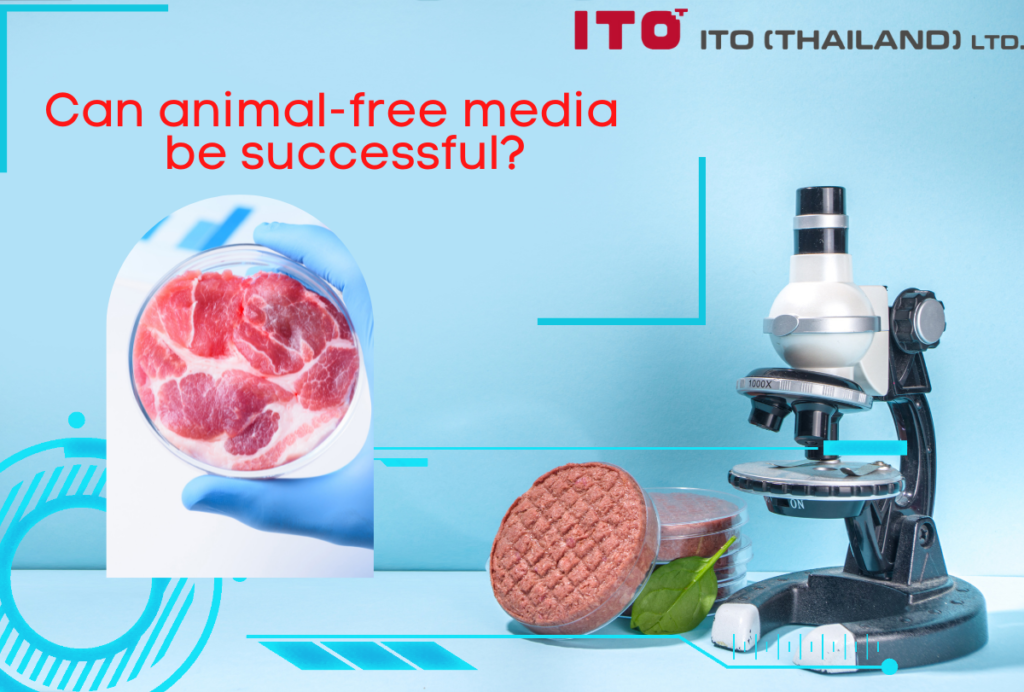ITO Thailand Hygiene Blog
Cultivated meat
Have you ever heard of cultivated meat? It is also known as cultured meat, cell-based meat, lab-grown meat, in vitro meat, artificial meat, clean meat, and no-kill meat. In regards with these terms, cultivated meat is considered as a new method to produce meat products and it has gained public attention for the new innovative features with an environmentally friendly manufacturing process. This blog will discuss the definition of cultivated meat, how it is being manufactured, the effects on the environment, and whether it will be a sustainable meat alternative?
What is cultivated meat?
In research from Lynch and Pierrehumbert (2019), it is a new technology to produce animal muscle cells through tissue cultivation, and the whole process is done in a laboratory or controlled environment condition. Stem cells are taken from live animal and then cultured in a medium (such as serum from animal blood), with an appropriate condition such as nutrients, salts, and growth factors (Kateman, 2020), these cells can integrate and form a complex structure up to a trillion strands (Chriki & Hocquette, 2020). These cells will grow larger in size as well as their protein content. Nowadays, there is an issue regarding whether cultivated meat uses less animals to produce meat and meat products and being more environmentally friendly meat than a traditional farming method or not. However, cultivated meat products are not vegan, vegetarian or plant-based products. (Rogers, 2022)
Environmentally impact vs. traditional farming
Most people believe that cultivated meat has much less impact on the environment because it only needs some cells for cultivation, not the whole animal as usual (Chriki & Hocquette, 2020). Interestingly, research has found that meat culturing product is responsible for the high amount of carbon footprint up to five times higher than chicken products, and ten times higher than plant-based meat (Newburger, 2019) results from a high demanding of energy during production especially for the medium cultivation and meat growing process, however, for climate-conscious consumers, soymeal-based meat substitute, and insect-based meat substitute are better choices because they can be considered as a more sustainable alternative for meat substitutes due to the high efficiency of processing and growing technologies, as well as a better by-products utilisation (Smetana et al., 2015).
However, companies have made an effort with recent developments to reduce the emission of greenhouse gases, to restrict the use of natural resources, and to preserve animals. Cultivated meat companies in Europe and the US have made a commitment to reduce greenhouse gas emission such as carbon dioxide and methane as least as possible (Rogers, 2022), using fewer natural resources, and a more efficient production towards a higher yield (Newburger, 2019).
Pros & Cons
There are several reasons to support meat cultivation because it requires 99% less land than normal animal husbandry for the equivalent amount of meat that can be produced. It also reduces greenhouse gas emission by up to 96%, so it is more sustainable. Finally, cultured meat doesn’t contain slaughtering process, thus it reduces the risk of foodborne disease between animals and humans caused by the most frequent foodborne bacteria such as Salmonella spp., Campylobacter spp., Shiga-toxin producing E. coli, Listeria spp. (Heredia & García, 2018; The Week UK, 2018).
Conversely, cultivated meat has been criticised as ‘fake food’. In 2018, France has banned the use of meat terms (eg. ‘burger’ or ‘sausage’) for products that don’t contain real meat, with an aim to eliminate false claims and misleading product names (Brook, 2018). According to this regulation, products like ‘Meat free sausages’ were removed from the shelves. Another example for the fear of fake food is in 2017, European Court of Justice has banned the use of dairy names for non-dairy products (USDA Foreign Agricultural Service, 2017; BBC News, 2017) such as ‘tofu butter’ or ‘veggie cheese’ because these terms has led to consumer confusion, so these designations will be used from products that are only derived from animal milk. However, some products are allowed such as almond milk, ice cream, and peanut butter. Furthermore, as meat cultivating doesn’t need a traditional husbandry, farmers could lose their jobs, and disrupt the economic system. (The Week UK, 2018)
Can animal-free media be successful?
This question is difficult and challenging at the same time as this technology is quite new and a further study is required until cultivated meat will be commercially available in the next 10-20 years (Rogers, 2022). Changing from a traditional meat industry to cultivated meat takes time, with many regulations that need to be measured carefully. There are issues that are delaying the progress of cultivated meat developments, and one of the biggest challenges is the cost of production. In 2013, cultivated meat burger costed $330,000 (Approximately 11.7 million Baht) to produce (Bandoim, 2022), and now it is $9.5 (Approximately 330 Baht), but still much more expensive than a regular burger currently selling at $1-2 in supermarkets (Kools, 2019).
We are looking forward to the day that affordable and sustainable cultivated meat products will be commercially available for consumers, to ameliorate consuming habits in a more responsible way to reduce the impact on the planet, and towards a more sustainable future.
References
Bandoim, L. (2022, March 8). Making Meat Affordable: Progress Since The $330,000 Lab-Grown Burger. Forbes. https://www.forbes.com/sites/lanabandoim/2022/03/08/making-meat-affordable-progress-since-the-330000-lab-grown-burger/?sh=7bc5b4244667
BBC News. (2017, June 14). EU court bans dairy-style names for soya and tofu. https://www.bbc.com/news/business-40274645
Brook, B. (2018, April 23). France bans the use of meat terms like ‘burger’ and ‘sausage’ on meat-free products. News Corp Australia. https://www.news.com.au/lifestyle/food/eat/france-bans-the-use-of-meat-terms-like-burger-and-sausage-on-meatfree-products/news-story/d1b104ec6d38cc5fab520e114056ee42
Chriki, S., & Hocquette, J. F. (2020). The Myth of Cultured Meat: A Review. Frontiers in Nutrition, 7. https://doi.org/10.3389/fnut.2020.00007
Heredia, N., & García, S. (2018). Animals as sources of food-borne pathogens: A review. Animal Nutrition, 4(3), 250–255. https://doi.org/10.1016/j.aninu.2018.04.006
Kateman, B. (2020, February 17). Will Cultured Meat Soon Be A Common Sight In Supermarkets Across The Globe? Forbes. https://www.forbes.com/sites/briankateman/2020/02/17/will-cultured-meat-soon-be-a-common-sight-in-supermarkets-across-the-globe/?sh=4a99eb897c66
Kools, F. (2019, April 11). What’s been going on with the ‘hamburger professor.’ Maastricht University. https://www.maastrichtuniversity.nl/news/what%E2%80%99s-been-going-%E2%80%98hamburger-professor%E2%80%99
Lynch, J., & Pierrehumbert, R. (2019). Climate Impacts of Cultured Meat and Beef Cattle. Frontiers in Sustainable Food Systems, 3. https://doi.org/10.3389/fsufs.2019.00005
Newburger, E. (2019, October 23). As the lab-grown meat industry grows, scientists debate if it could exacerbate climate change. CNBC. https://www.cnbc.com/2019/10/19/lab-grown-meat-could-exacerbate-climate-change-scientists-say.html
Rogers, K. (2022, June 6). How “lab-grown” meat could help the planet and our health. CNN. https://edition.cnn.com/2022/06/06/health/lab-grown-meat-pros-cons-life-itself-wellness-scn/index.html
Smetana, S., Mathys, A., Knoch, A., & Heinz, V. (2015). Meat alternatives: life cycle assessment of most known meat substitutes. The International Journal of Life Cycle Assessment, 20(9), 1254–1267. https://doi.org/10.1007/s11367-015-0931-6
The Week UK. (2018, August 31). The pros and cons of lab-grown meat. https://www.theweek.co.uk/96156/the-pros-and-cons-of-lab-grown-meat
USDA Foreign Agricultural Service. (2017, July 14). EU-28: European Court Prohibits Use of Dairy Names for Non-Dairy Products. https://www.fas.usda.gov/data/eu-28-european-court-prohibits-use-dairy-names-non-dairy-products#:%7E:text=On%20June%2014%2C%202017%2C%20the,clearly%20indicated%20on%20the%20label
Related Post
-

Biodegradable Packaging
As straightforward as its name, it means any packaging that will naturally fall apart and decompose. In recent years, biodegradable packaging has been included as one of the sustainable development goals for several organisations. A similar issue, bioplastics, an alternative to sustainable living, was discussed in a previous blog. However, there are some differences between them. For example, bioplastics are made from raw materials sourced from renewable and natural sources and could or could not be biodegradable. In contrast, biodegradable plastic can naturally degrade through living organisms no matter the source material it originates from. The development history of biodegradable packaging, frequently used materials, the pros and cons of biodegradable packaging, and its future trends will be discussed in this blog.
-
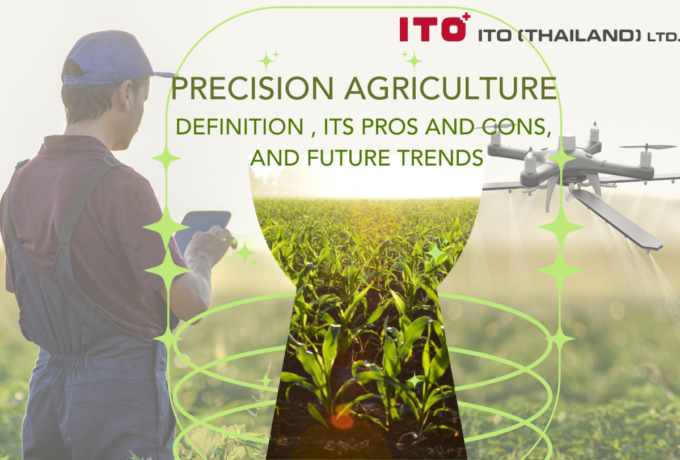
Precision Agriculture
Precision agriculture has revolutionised how we approach crop management by optimising the inputs to meet specific requirements. Even though it is not a new system, recent technologies have made it possible to apply it in practical productions. In this blog, we will discuss the definition of precision agriculture, its pros and cons, and future trends.
-
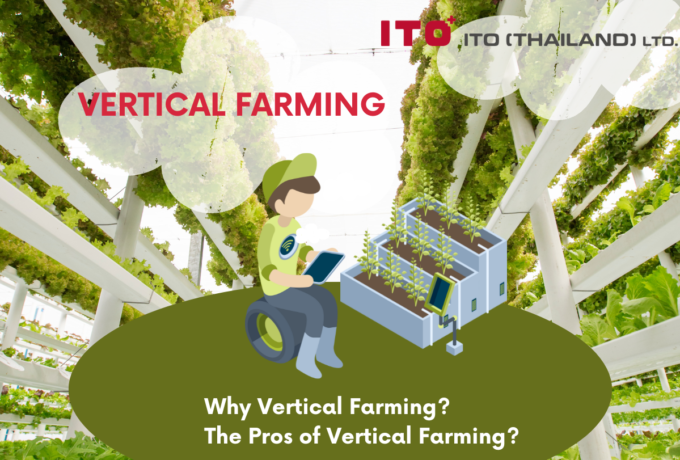
Vertical Farming
Agriculture has utilised nearly all the available land, causing growing difficulty in finding land on the earth’s surface. With limited resources, meeting the world’s food demands will require more innovative and dependable methods of producing safe food, and the answer lies in vertical farming.
-
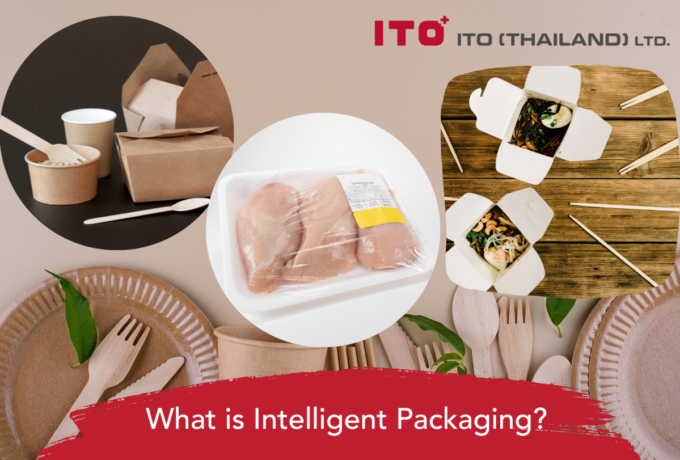
Intelligent Packaging
Without packaging, food products would last for only a short period of time, impossible for logistics management, difficulties in the supply chain system, quick quality deterioration, and prone to contamination to risky foodborne pathogens. In reality, there are many more functions that packaging is contributing to food products, as well as many types of smart packaging. Intelligent packaging is considered to be a part of smart packaging, so in this blog, we will discuss the contribution of intelligent packaging to food products.
-
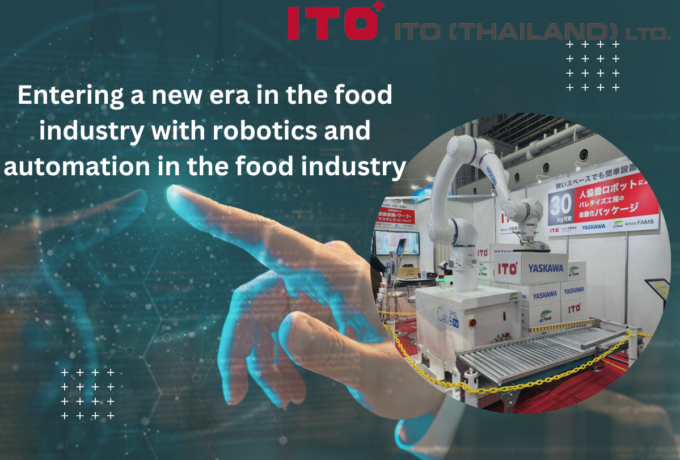
Robots & automation in the food industry
Entering a new era in the food industry with robotics and automation in the food industry
-
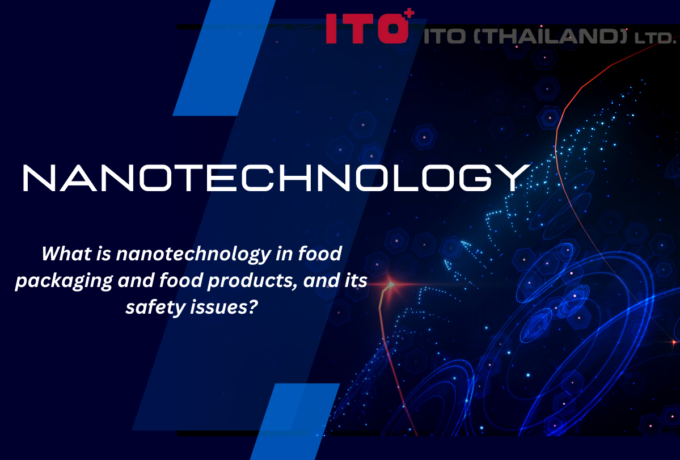
Nanotechnology in the Food Industry
Nanotechnology has been brought to our attention for the last decades, and it has provided various beneficial applications to the food industry. Unlike other technology, nanotechnology has broadened the knowledge in the food industry to another level in a nanoscale dimension. It involves almost every aspect of the food industry, including food packaging, food processing, as well as functional food development and enhancement of food safety. In this blog, we will discuss how nanotechnology is used in food packaging and food products, and the most important part, its safety issues.








